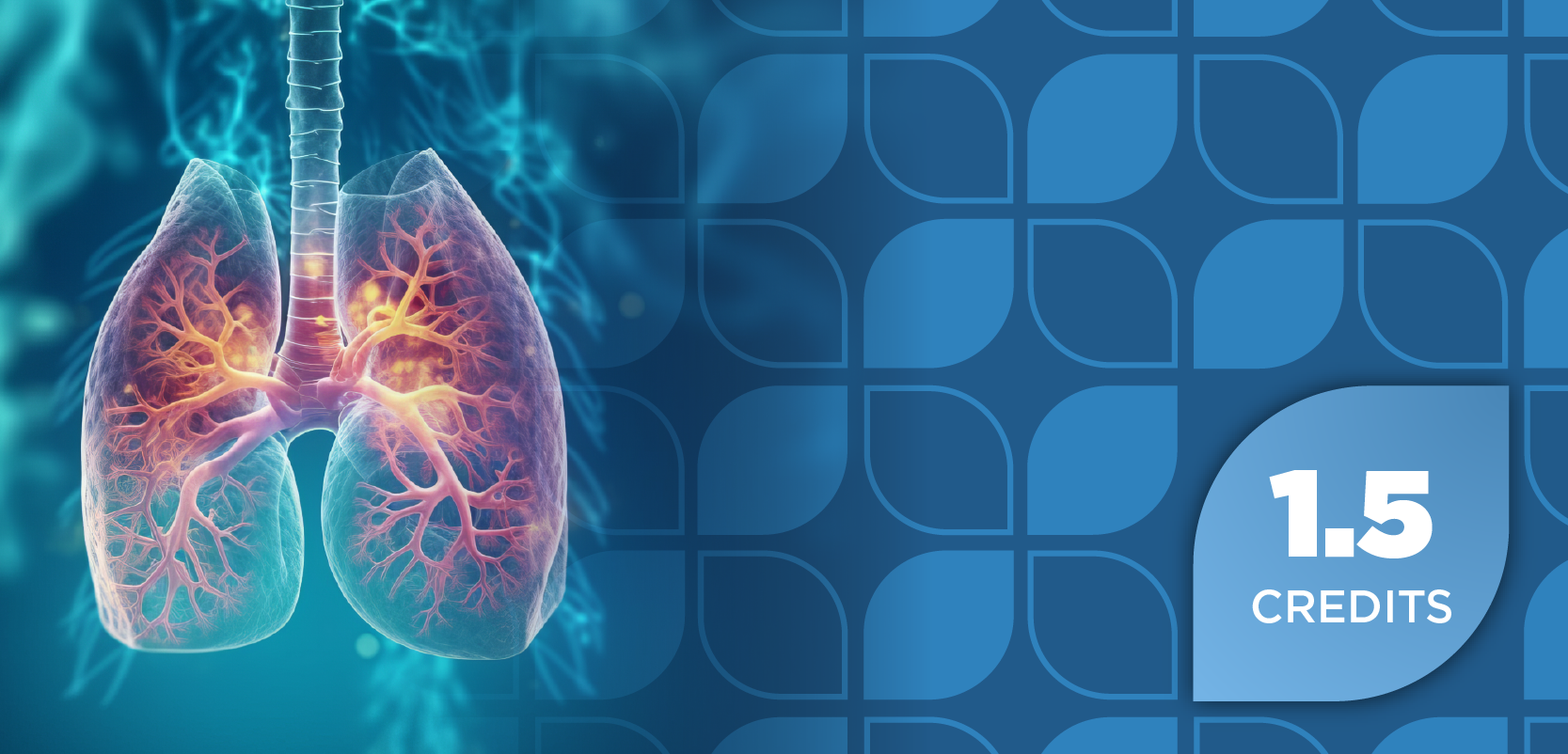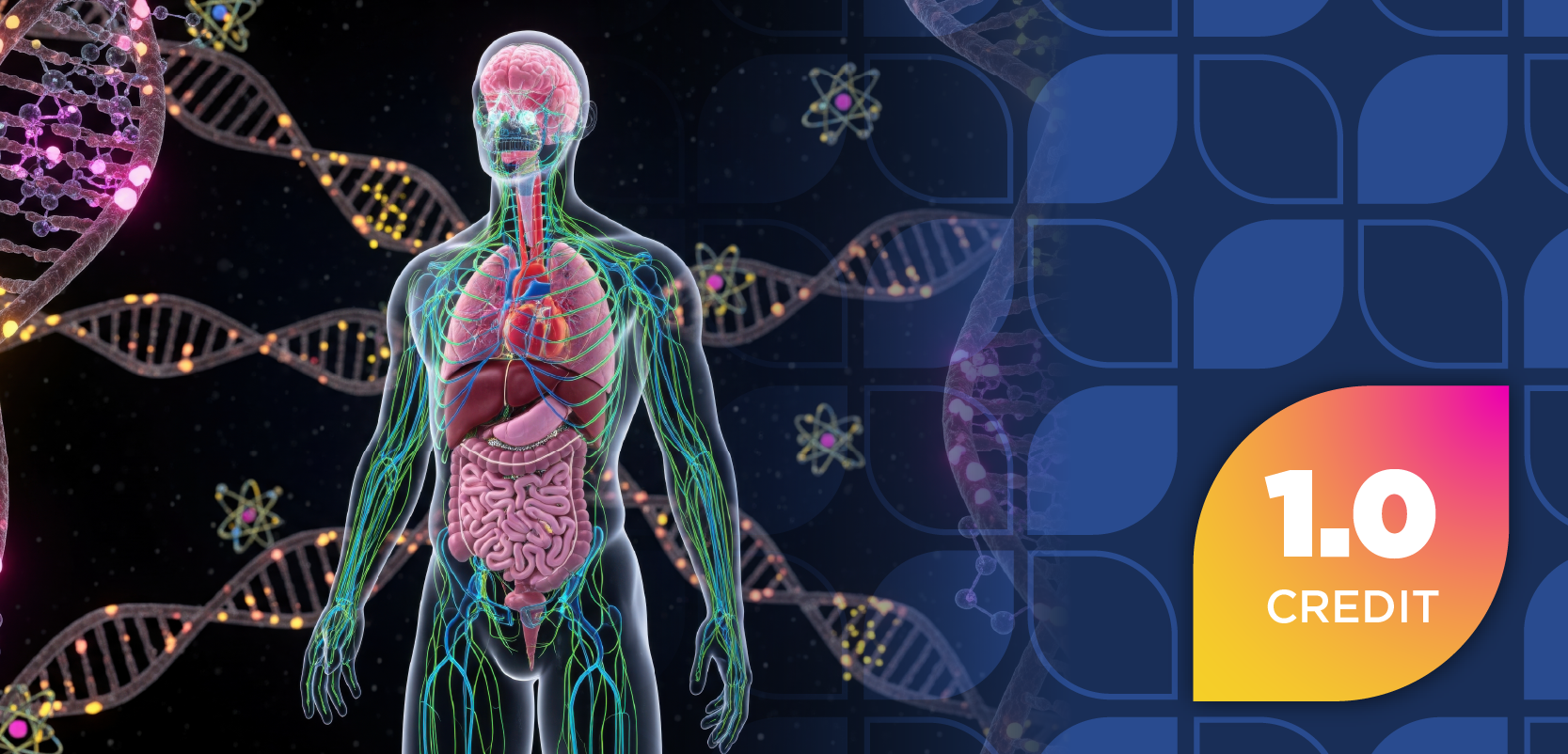
FDA Approves Gene Replacement Therapy Itvisma for Patients With Spinal Muscular Atrophy
Key Takeaways
- Itvisma is the first gene replacement therapy for SMA, approved for patients aged 2 years and older, addressing the genetic root cause by providing a functional SMN1 gene.
- Clinical trials STEER and STRENGTH demonstrated Itvisma's efficacy and safety, showing significant motor function improvement and a favorable safety profile in both treatment-naïve and experienced patients.
With this approval, Itvisma has become the first and only gene replacement therapy available for children aged 2 years and older, teenagers, and adults with SMA.
The FDA approved onasemnogene abeparvovec-brve (Itvisma; Novartis) for the treatment of children aged 2 years and older, teens, and adults who are living with spinal muscular atrophy (SMA) with a confirmed mutation in the survival motor neuron 1 (SMN1) gene. With this action, Itvisma has become the first and only gene replacement therapy available for this broad population.1
What is Itvisma and How Does it Work in SMA?
Itvisma addresses the genetic root cause of SMA by providing a functional copy of the human SMN1 gene, improving motor function through sustained SMN protein expression with a single intrathecal injection. This dose does not need to be adjusted for age or body weight. By replacing the SMN1 gene, Itvisma can improve motor function, potentially reducing the need for chronic treatment associated with other available therapies for this population.1
SMA is a rare, genetic neuromuscular disease caused by a mutated or missing SMN1 gene, which is responsible for producing most of the SMN protein an individual’s body needs for muscle function, including breathing, swallowing, and basic movement. Without it, motor neurons are irreversibly lost, leading to progressive, debilitating muscle weakness. An estimated 9000 people in the US live with SMA. Though there have been advancements in treating the disease, unmet needs remain for older children, teens, and adults in preserving motor neurons and maintaining physical strength.1
“The FDA’s approval of intrathecal [Itvisma] is a game-changing advance, expanding the use of transformational gene replacement therapy for SMA across age groups,” John W. Day, MD, PhD, professor of neurology and pediatrics, director of the Division of Neuromuscular Medicine at Stanford University School of Medicine, and codirector of Stanford’s Neuro IGNITE Center, said in a news release. “This achievement is not only a significant step forward for SMA—it also signals new possibilities for the broader field of neurological disorders and genetic medicine.”1
What Supported the FDA Approval of Itvisma?
Itvisma’s approval is supported by positive findings from STEER (NCT05089656)2 and STRENGTH (NCT05386680)3, phase 3 and phase 3b clinical studies evaluating the efficacy and safety of Itvisma in patients with SMA.1
The STEER Phase 3 Clinical Trial
STEER is a multicenter, multinational, randomized, sham-controlled, double-blind phase 3 clinical trial that investigated the efficacy and safety of intrathecal Itvisma over a 52-week duration in treatment-naïve, sitting and never ambulatory patients with SMA aged 2 to less than 18 years (mean age at time of dosing: 5.88 [2.1–16.6] years). A total of 126 patients were randomly assigned to receive either Itvisma (n = 75) or the sham (n = 51).2,4
The trials’ primary end point was to compare the efficacy of Itvisma with the sham by change from baseline in Hammersmith Functional Motor Scale – Expanded (HFMSE) total score over 52 weeks. Secondary objectives included additional efficacy and safety assessments.2,4
Results
Data published in Neuromuscular Disorders demonstrate that Itvisma improved motor function. Specifically, STEER met its primary end point and demonstrated a statistically significant increase from baseline in HFMSE total score in the Itvisma group compared with the sham control group. Notably, Itvisma demonstrated a favorable safety profile for older patients with SMA.4
Additionally, the overall incidence of adverse events (AEs), serious AEs (SAEs), and AEs of special interest were similar between both groups. The most common AEs for both groups were upper respiratory tract infection and pyrexia, and the most frequent SAEs were pneumonia and vomiting for those receiving Itvisma and pneumonia and lower respiratory tract infection for those receiving the sham. Instances of transaminase increases were infrequent and were mostly low-grade and transient.4
The STRENGTH Phase 3b Clinical Trial
Similar to STEER, STRENGTH evaluated the safety and efficacy of Itvisma in treatment-experienced patients with SMA. This 52-week, single-arm, open-label, multicenter phase 3b study enrolled patients aged 2 to less than 18 years who were able to sit but not walk independently and who discontinued nusinersen (Spinraza; Ionis Pharmaceuticals) or risdiplam (Evrysdi; Roche, Genentech). A total of 27 patients were enrolled (mean age at the time of dosing: 7.4 years), of which 10 were 2 to less than 6 years, and the remaining 17 were 6 to less than 18 years.3,5
Safety and tolerability of Itvisma were the primary objectives. Secondary and exploratory efficacy assessments included HFMSE, Revised Upper Limb Module (RULM), and Assessment of Caregiver Experience in Neuromuscular Disease (ACEND) scores. Motor milestones were assessed per World Health Organization Multicentre Growth Reference Study criteria.3,5
Results
Findings published in Neuromuscular Disorders show that the majority of patients demonstrated maintenance of motor milestones. Itvisma safety for treatment-experienced patients with SMA in the trial was favorable and consistent with the expected profile. Across motor efficacy assessments, the study population demonstrated HFMSE, RULM, and ACEND scores were stable over the 52-week duration. The mean duration of prior risdiplam or nusinersen treatment was about 3.0 or 4.3 years, respectively.5
All patients experienced at least 1 AE, with the most common being nasopharyngitis, pyrexia, and vomiting. Serious AEs (n = 4; 14.8%) were most commonly infections and infestations. Notably, there were no reported AEs that led to death or study discontinuation.5
“This new route of administration for a single dose of gene replacement therapy can mean so much more than what is measured by numbers on a functional motor scale—it could mean greater independence and freedom in activities of daily life,” Kenneth Hobby, president of Cure SMA, said in the news release. “The SMA disease landscape has dramatically changed over the last six years, when the first gene therapy was approved. This is another welcome advancement, and it represents real progress in expanding access for many older patients and addressing the unmet needs that remain in our community.”1
Conclusion
According to the manufacturer's news release announcing Itvisma’s approval, the treatment will be available in the US in December. Itvisma is designed to address the genetic root cause of SMA with a 1-time fixed dose that does not need to be adjusted for age or body weight.1
“After redefining SMA care with the first gene replacement therapy for this challenging disease, we can now help address unmet needs across an even broader SMA population with the approval of Itvisma," Victor Bultó, president of Novartis, US said in the news release. “We are proud to support the SMA community by empowering patients of all ages through our innovative, 1-time therapies, offering the potential to reduce the burden that comes with chronic treatment.”1
REFERENCES
1. Novartis. Novartis receives FDA approval for Itvisma®, the only gene replacement therapy for children two years and older, teens, and adults with spinal muscular atrophy (SMA). News release. November 24, 2025. Accessed November 25, 2025. https://www.novartis.com/news/media-releases/novartis-receives-fda-approval-itvisma-only-gene-replacement-therapy-children-two-years-and-older-teens-and-adults-spinal-muscular-atrophy-sma
2. Efficacy and Safety of Intrathecal OAV101 (AVXS-101) in Pediatric Patients With Type 2 Spinal Muscular Atrophy (SMA) (STEER). ClinicalTrials.gov identifier: NCT05089656. Updated July 4, 2025. Accessed November 25, 2025. https://clinicaltrials.gov/study/NCT05089656
3. Phase IIIb, Open-label, Multi-center Study to Evaluate Safety, Tolerability and Efficacy of OAV101 Administered Intrathecally to Participants With SMA Who Discontinued Treatment With Nusinersen or Risdiplam (STRENGTH). ClinicalTrials.gov identifier: NCT05386680. Updated October 16, 2025. Accessed November 24, 2025. https://clinicaltrials.gov/study/NCT05386680
4. Proud C, Vũ D, Wilmshurst J, et al. 415PIntrathecal onasemnogene abeparvovec for patients with spinal muscular atrophy: phase 3, randomized, sham-controlled, double-blind STEER study. Neuromuscul Disord. 2025;53:105578. doi:10.1016/j.nmd.2025.105578
5. Kwon J, Munell F, Goff LL, et al. 410PIntrathecal onasemnogene abeparvovec for treatment-experienced patients with spinal muscular atrophy: phase 3b, open-label STRENGTH study. Neuromuscul Disord. 2025;53:105573. doi:10.1016/j.nmd.2025.105573
Newsletter
Stay informed on drug updates, treatment guidelines, and pharmacy practice trends—subscribe to Pharmacy Times for weekly clinical insights.
























































































































































































































